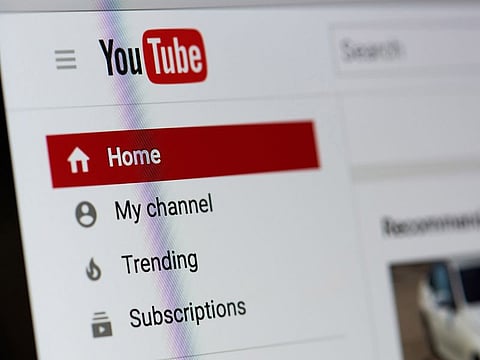YouTube to age-gate graphic gaming violence — creators brace for impact
Sweeping update targets realistic human-character violence in video games

When YouTube quietly updated its policy this week to begin age-restricting a broader set of gaming videos — starting November 17 — the change might appear incremental. But for the vast ecosystem of gaming creators, livestreamers and eSports commentators it marks a potential pivot point in how 'game footage' is treated on arguably the world’s most viewed video-platform.
What’s changing — and why it matters
Under the new policy, videos that depict 'realistic human characters' engaged in 'mass violence against non-combatants' or scenes of torture inside a game will now automatically trigger age‐restriction. That means under-18s and users not signed into a YouTube account will be locked out.
YouTube clarifies that factors like the length of the violent scene, how zoomed-in the camera is, and how human-like the characters appear will all weigh into the decision. Creators still have pathways to avoid the restriction — e.g., by blurring imagery or changing how a scene is framed.
Historically, YouTube’s policy had treated video game violence somewhat differently: editors accepted that dramatized virtual violence was acceptable for wider audiences so long as the context was clear.
In short: the boundary is moving. What was once implicitly 'safe for all ages' if flagged as a game may now require stricter controls depending on how 'realistic' and 'graphic' it is.
Why gaming creators are paying attention
For many gaming content creators, this threatens the business model. Popular videos showing ultra-realistic game scenarios — think major releases, cinematic cut-scenes, annotated playthroughs — may now become inaccessible to younger viewers or monetisation may become more restricted.
A creator who built an audience among teens with high-action game uploads may find those uploads blocked or age-gated, reducing reach and ad revenue. The ripple effect could push channels to shift the kind of content they cover (less graphic scenes, more commentary) or force video-editing changes (blurring, cropping, re-timing).
Beyond individual channels, this is a cultural shift: game footage is no longer immune from real-world content moderation regimes just because it’s virtual. It underscores how platforms are wrestling with the blurring line between 'fictional', 'gameplay' and 'graphic violence'.
Broader context & safety implications
YouTube’s move sits against the backdrop of increasing scrutiny over platform exposure of minors to violent or harmful content. For example, earlier this year the Tech Transparency Project found that YouTube was still serving gun-related videos to minors despite policy promises.
From a regulatory and parental viewpoint, games that demonstrate human-like violence and gore pose different questions than arcade-style or cartoonish conflict. Platforms are increasingly asked whether their moderation and recommendation systems do enough to protect younger users — especially when 'dramatised' virtual violence begins to look indistinguishable from real violence.
The ripple-effects we’ll watch
In the coming weeks and months, several signals will be worth monitoring:
Creator behaviour: Will gaming channels pivot to less graphic content, or start adding disclaimers and edits to avoid age-gating?
Viewer demographics: Will age-restricted videos impact viewership among younger segments, and how will creators respond monetarily?
Platform enforcement: YouTube has long faced criticism not for policy but for enforcement — this policy will test whether age-gates are correctly applied and visible.
Game-publisher coordination: Developers and publishers may begin tagging or editing footage for creators to stay within “safe” zones.
Algorithmic consequences: If age-restricted videos are less visible or recommended, gaming culture on YouTube might shift — potentially away from high-violence content toward more “safe” or commentary-driven formats.
YouTube’s decision to restrict more graphic video-game violence underlines just how serious platforms now are about aligning with content-safety and youth-protection norms. The fact that gameplay footage is now squarely in that cross-hairs is telling. For creators, gamers, parents and industry watchers, the message is clear: virtual violence is no longer a fringe issue — it’s part of the mainstream moderation agenda.
Whether the change will reshape gaming content or just force minor tweaks remains to be seen.
Sign up for the Daily Briefing
Get the latest news and updates straight to your inbox






